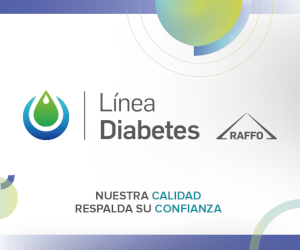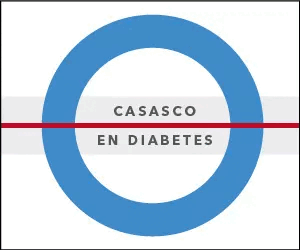P14 New transcriptional alterations in the pathogenesis of type 2 diabetes, its potential regulation by micro RNAs
DOI:
https://doi.org/10.47196/diab.v54i3Sup.395Keywords:
transcriptional alterations, type 2 diabetes, micro RNAsAbstract
Introduction: β cell dysfunction is conditioned by gene expression alterations and their regulatory mechanisms. Micro RNAs (miRNAs) are small noncoding RNAs that regulate gene expression by interacting and targeting messenger RNA (mRNAs). An adequate integration of mRNA and miRNA expression profiles facilitates elucidation of significant biological alterations.
Aim: to identify new transcriptomic alterations and miRNAs involved in type 2 diabetes (T2D) pathogenesis through the integration of data available in public databases.
Materials and methods: 1. 7 microarray studies performed from islets of people without diabetes (ND; n = 245) and with T2D (n = 96) were analyzed. For further meta-analysis, we identified Differentially Expressed Genes (DEGs) (ND vs. DT2) and selected those that varied consistently in the different studies. 2. mRNA and miRNA expression profiles were integrated, and computationally predicted miRNA-mRNA interactions to find dysregulated miRNAs relevant to T2D pathogenesis. This analysis was performed using a study from a T2D murine model in which both types of RNAs were analyzed in the same pancreatic tissue, using Next Generation Sequencing techniques.
Results: 1. As a result of meta-analysis, 48 transcriptional alterations associated with metabolism and/or development and maintenance of pancreatic islets were identified.
Notably, 9 of these DEGs have not been previously reported as dysregulated in T2D. 2. In the murine model, a total of 643 DEGs and 90 differentially expressed miRNAs (ND vs. DT2) were found. The integration analysis revealed 42 interactions involving 30 miRNAs and 33 mRNAs. Functional analyses indicated that lipid metabolism was enriched. In order to verify whether these interactions may be relevant in human, human
homologous miRNAs were searched, and their target genes were predicted. Six of these predicted interactions were also identified as relevant in the rat model, for example hsamir 29b-3p-COL5A3. In addition, 46 interactions involved mRNAs that are part of the transcriptional alterations found in point 1.
Conclusions: Our work provides new evidence that facilitates the interpretation of molecular alterations in T2D pathogenesis. Further studies could validate its potential use for the development of new strategies to improve T2D diagnosis and treatment.
Downloads
Published
How to Cite
Issue
Section
License

This work is licensed under a Creative Commons Attribution-NonCommercial-NoDerivatives 4.0 International License.
Dirección Nacional de Derecho de Autor, Exp. N° 5.333.129. Instituto Nacional de la Propiedad Industrial, Marca «Revista de la Sociedad Argentina de Diabetes - Asociación Civil» N° de concesión 2.605.405 y N° de disposición 1.404/13.
La Revista de la SAD está licenciada bajo Licencia Creative Commons Atribución – No Comercial – Sin Obra Derivada 4.0 Internacional.
Por otra parte, la Revista SAD permite que los autores mantengan los derechos de autor sin restricciones.







































